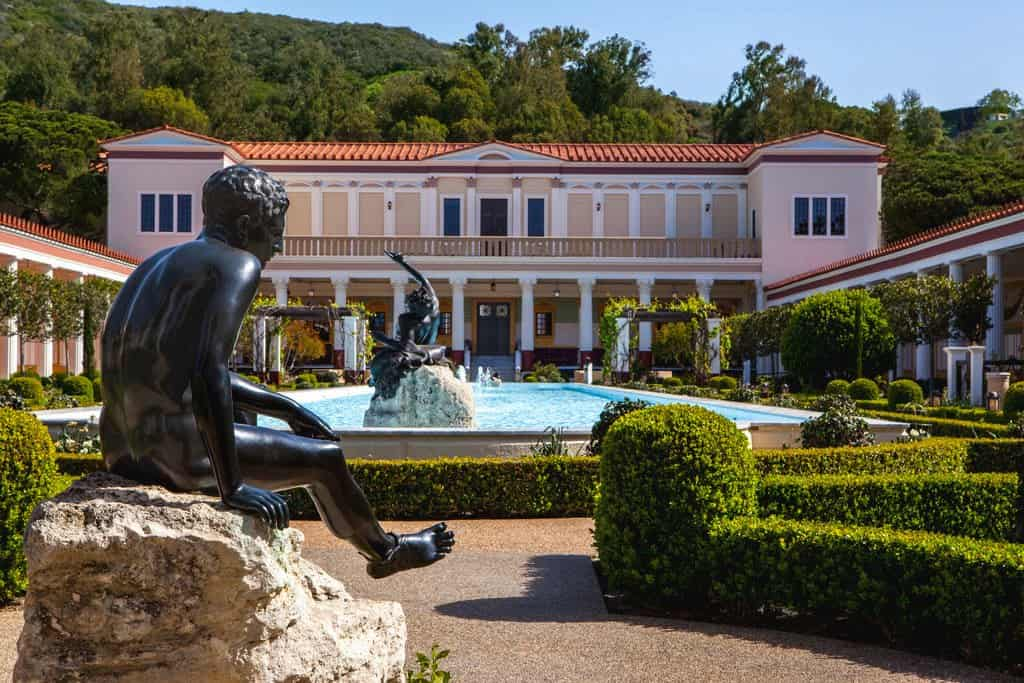The debate around artificial intelligence is fraught with concerns, from its impact on jobs to the intrinsic biases and hallucinations it sometimes perpetuates.
But I think this one AI breakthrough is going to blow you away: Researchers are using AI to peer into ancient scrolls and reveal literature thought lost for thousands of years.
This breakthrough has the potential to reshape our understanding of human history, and you won't believe what we've uncovered so far.
The real-life origins of this breakthrough trace back 2000 years..
An Astonishing Series of Events in Ancient Rome
The nobleman, Lucius Calpurnius Piso Caesoninus, had amassed an extraordinary collection of literature, philosophy, and historical documents at his villa in Herculaneum, Southern Italy.
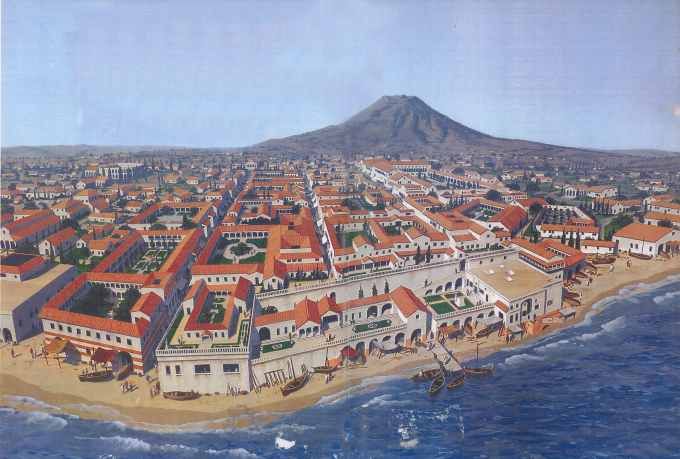
A reconstruction of the city of Herculaneum prior to the eruption of Vesuvius in 79 AD ~ illustration from the book "The Secrets of Vesuvius" by Sara C. Bisel
Lucius is said to have been the father-in-law of Julius Caeser himself!
His intellectual curiosity and passion for manuscripts were simply legendary, and his collection was reputedly one of the classical world’s most impressive.
Nestled within the lush citrus groves and verdant vineyards of ancient Campania, the elder statesman found comfort in the sanctuary of his library.
There, he immersed himself in the Stoic teachings of the philosopher Epicurus and delighted in the evocative beauty of the poet Sappho.
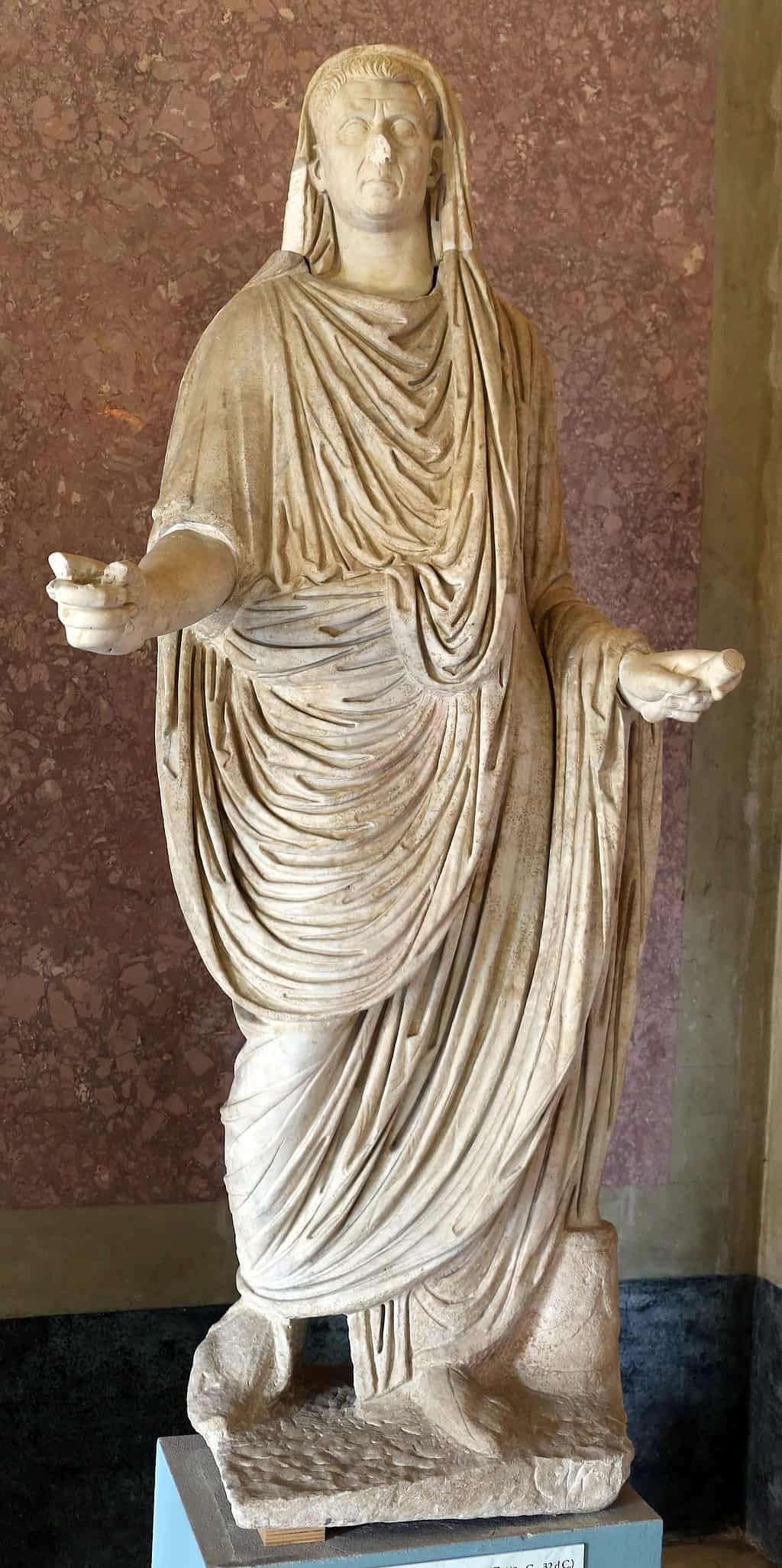
A contemporary statue of Lucius Calpurnius Piso Caesoninus
However, the stillness was shattered when tragedy struck.
In 79AD, the stratovolcano Mount Vesuvius erupted.
A deadly cascade of toxic gases and molten lava swept down its slopes, smothering the air in a thick, black smog.
Day turned to night, as ash fell from the volcano’s towering plume.

Source: Movie Pompeii 2014
Everything and everyone within reach of the volcano now faced one certain fate: complete destruction, including the villa of Lucius.
The household leaped into action and began to evacuate the scrolls.
But, it was futile.
A cloud of gas, known scientifically as a pyroclastic flow, 1,000°C in temperature ejected from the volcano at a speed of 700 km/h.
The family and their servants were killed instantly.
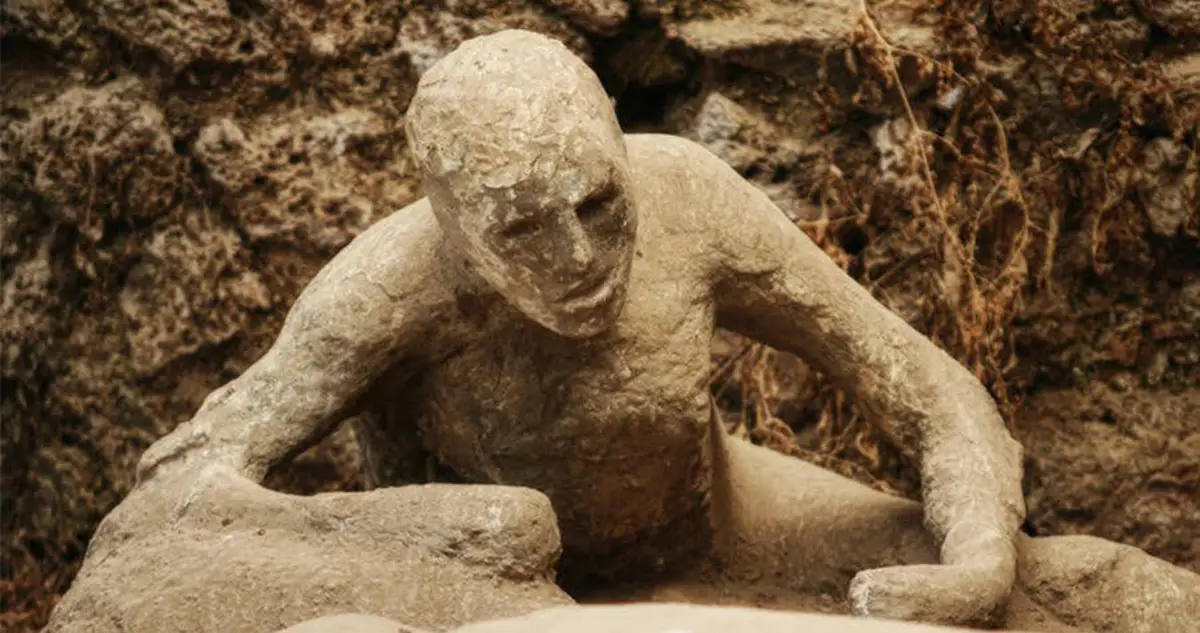
A real life victim of Vesuvius at Pompeii
But amidst the chaos and devastation, a peculiar situation arose.
The thousands of scrolls had undergone a metamorphosis, transformed by the heat, sulfur, and pumice of Vesuvius into fossilized chunks of carbon.
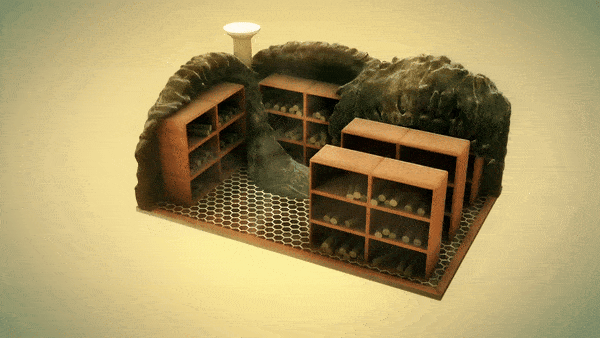
Source: [The Vesuvius Challenge](https://scrollprize.org/grandprize)
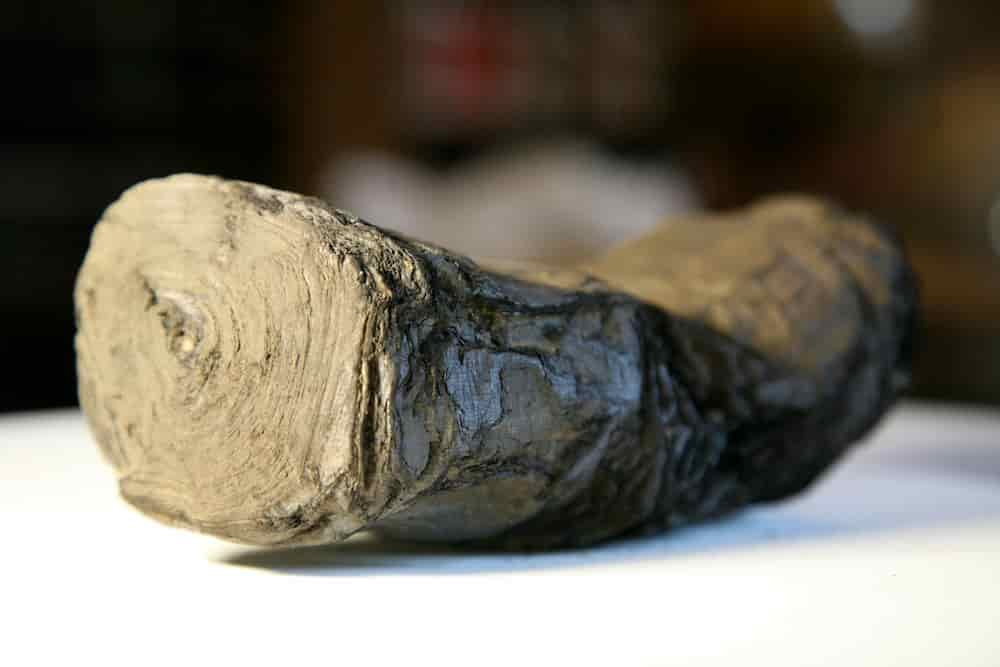
One of two Herculaneum scrolls from L’Institut de France, source by the University of Kentucky, Digital Restoration Initiative team.
As volcanic ash rained from the sky, screams faded into silence. A ghostly calm descended upon the villa.
For weeks the ash fell undisturbed, blanketing the villa and burying it in eternal stillness, some 75ft (30 meters) underground.
It would remain that way for 1700 years..
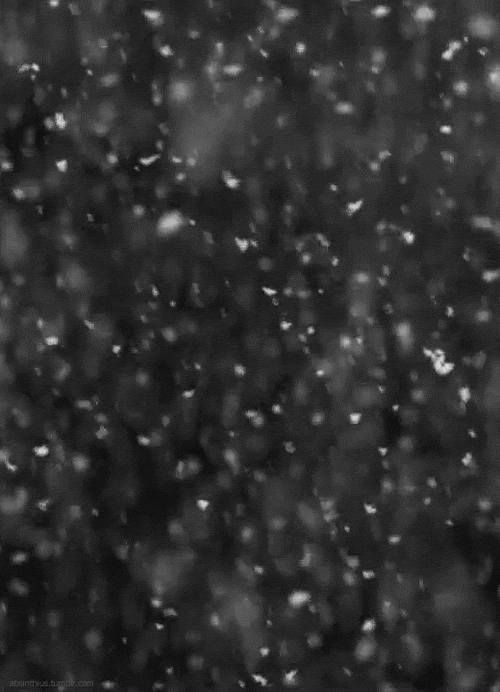
An Incredible Find
In 1750, an Italian peasant was digging for water in a fertile, and seemingly inconspicuous, field.
But his hard graft was suddenly interrupted when he felt his shovel clang against a solid mass beneath the soil's surface.
He had chanced upon a ruined section of pavement belonging to Lucius’ villa.
Upon his discovery, the peasant quickly notified the local authorities and a prompt excavation was launched.
During a period marked by an obsession with antiquity and early archeology, the discovery of the villa and its remarkable collection of statues, elaborate mosaics, and breathtaking frescoes proved sensational.

A reimagining of the Villa. The gardens, fountains, and sprawling pathways were designed to make visitors stop and talk about the statues of gods, heroes, well-known leaders, and famous writers scattered around. Many owners of Roman villas decorated sections of their grand homes to resemble the style of old Greek areas, showing off their knowledge and love for Greek culture. Figures like Pliny thought that spending leisure time in their villas was key to living a truthful and inspired life.
Below is a modern reconstruction of the villa in California known as Getty Villa_:
Remember the carbonized scrolls? Miraculously, they were rediscovered both in stacks on the floor from the ancient evacuation attempt and on the shelves of Lucius' library!
But there was a problem.
Their true value wasn't recognized at first and many of the scrolls were mistaken for charred pieces of wood and tragically used as firewood.
In fact, it wasn't until one hapless excavator dropped one, exposing the writing inside, that their true nature become evident.
The rediscovery of ancient scrolls ignited a surge of excitement and curiosity, and before long, it came to the attention to the local monarch, King Charles VII of Naples.
A committed classicist, he promptly assembled a dedicated team to investigate the mysterious artifacts.
Except, there was one not-so-major problem..
The charred condition of the scrolls which had, until then, preserved them, had paradoxically also sealed them shut.
Early scholars went to great lengths to peer inside, constructing contraptions aimed at carefully unrolling them and even experimenting with chemical methods such as chlorine.
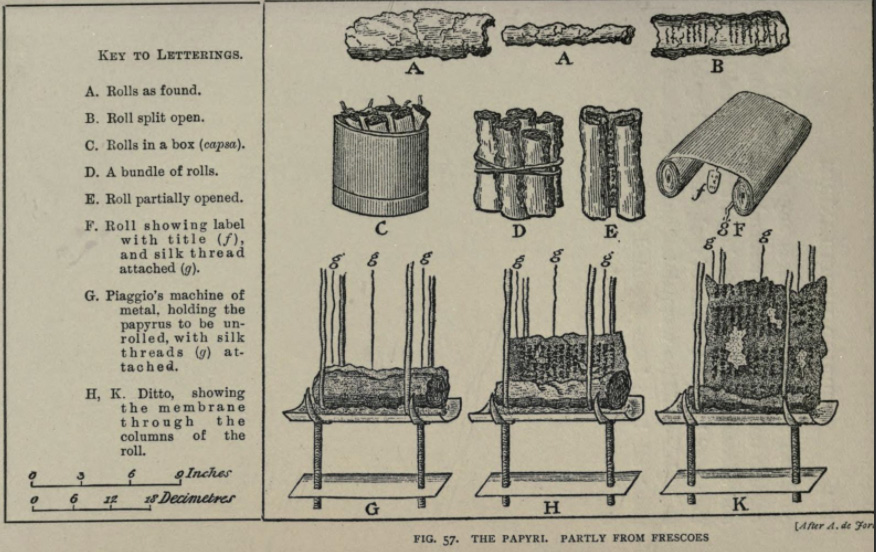
Unfortunately, many of these early attempts led to further damage and in some cases, destruction.
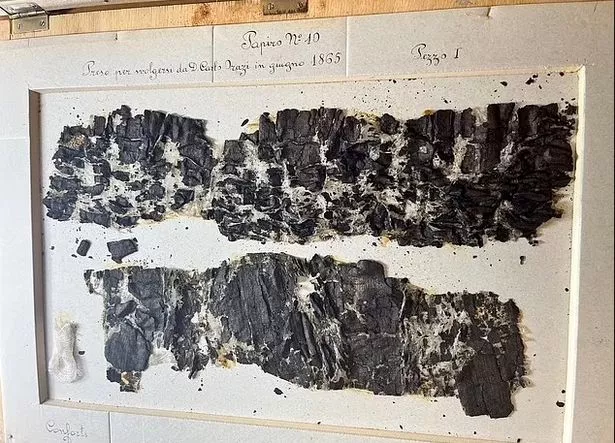
How We Did It...
The contents of the scrolls continue to loom over historians for the next 300 years.
Our only option was to stare at those clumps of carbon and ponder the hidden histories, the literature and the philosophy that lay tantalizingly beyond our reach.
The years passed, the industrial revolution gave way to our digital age, and with it, great strides in information technologies.
Maybe, just maybe.. we had simply lacked the technology to open the scrolls?
One group of researchers led by Brent Seales at the University of Kentucky’s EduceLab certainly thought so, and in 2019, began to investigate how 3D X-ray imaging technology might 'virtually unfold' the scrolls.
They started by creating a 3D scan of a scroll or fragment using X-ray computed tomography, which sends X-rays through an object and then measures the amount of radiation that emerges on the other side.
These measurements are taken from many different angles inside the object. Utilizing this data, a computer is capable of 3D cross section of the layers, kind of like pizza slices.
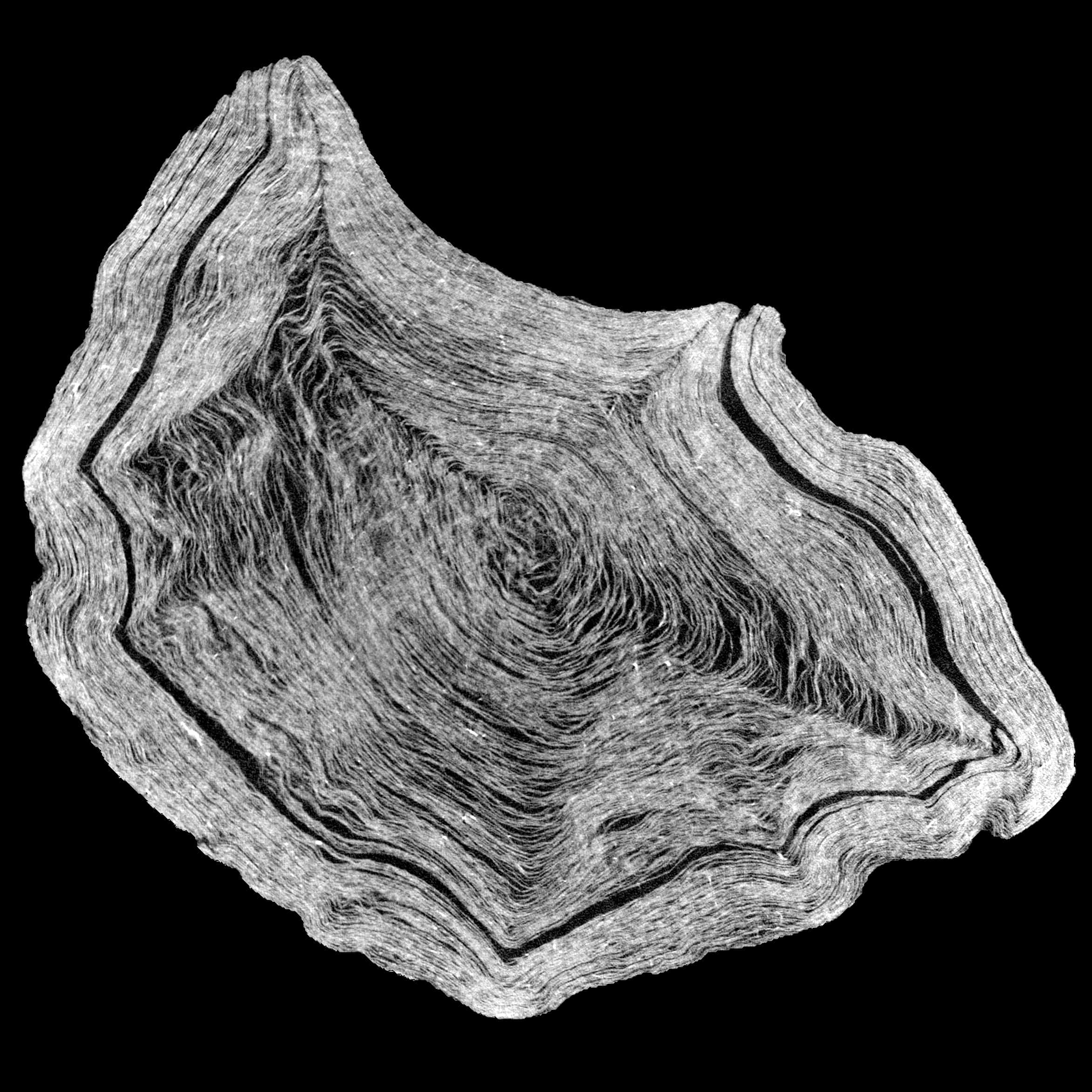
This process is brilliant because it allows researchers to see the internal features of the object without having to physically cut it open. It's actually the same technology used in medical CT scans!
This breakthrough was massive.
By working with the 3D slices, researchers are then able to flatten them in a virutal space, effectively performing a digital restoration of sorts.
This process is referred to as segmentation.
Source: [The Vesuvius Challenge](https://scrollprize.org/grandprize)
Finally, after all this time, we'd be able to read the scrolls, right? Well, not quite..
Once again, scholars hit a barrier.
Unfortunately, the ink and the papyrus (ancient paper) have very similar densities, making the ink virtually undetectable in 3D X-ray scans.
This stumbling block did not deter the scientists, and soon enough a new revelation arose.
Dr Casey Handmer, who was working for NASA at the time, observed extremely subtle textual patterns in the scans - perhaps where ink had been pressed onto the paper? He referred to these patterns as "crackles".
These patterns were barely detectable human eye, but they held a potential breakthrough: perhaps computers could read them.
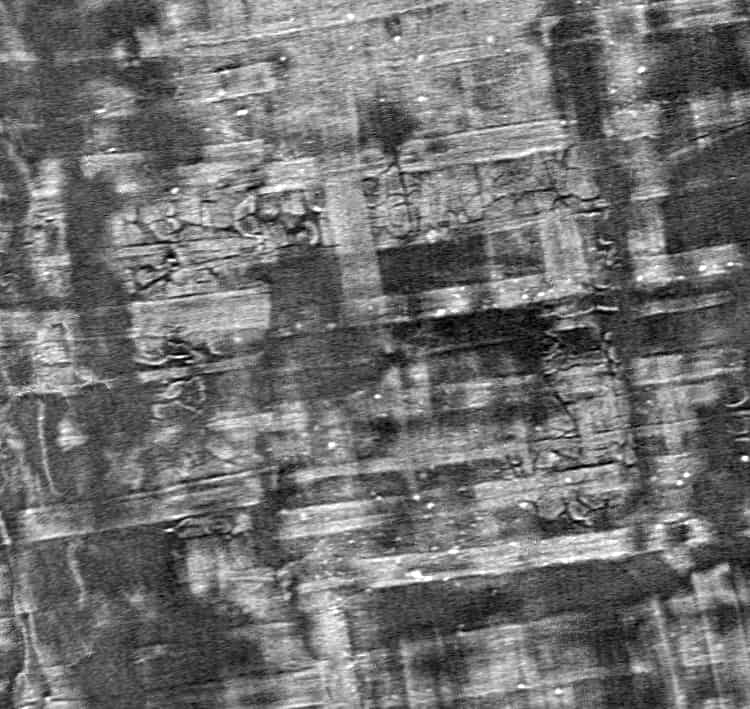
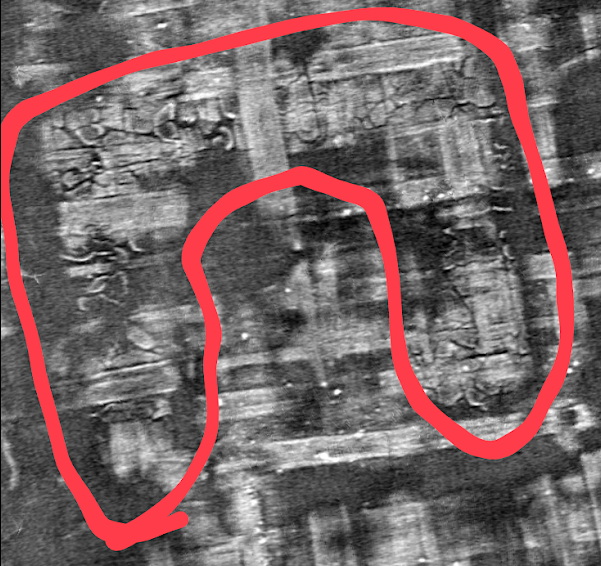 Source: Casey Handmer
Source: Casey Handmer
More specifically, a machine learning model could be trained to identify patterns on the shapes..
Now if you know anything about machine learning, it's that the algorithms typically require some kind of 'training data' from which to learn from.
Training data is essential because it provide examples that help the algorithm understand patterns, make inferences, and learn how to respond to future data it hasn't seen before.
You won't believe where we able to source it.
Remember the scrolls that were damaged by ill-fated attempts to open them 300 years ago?
Yep, we still have those fragments.
And in an intriguing twist of fate, ink can still be seen, especially under infrared light.
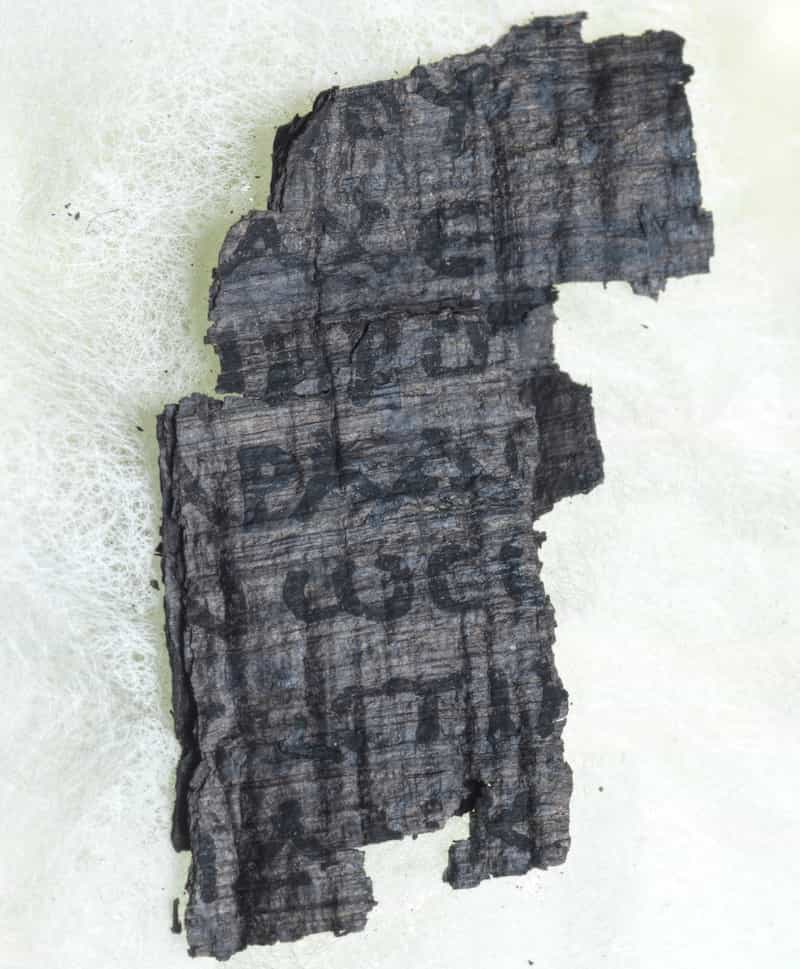
The team had their starting point, but the task ahead was monumental. Developing and refining machine learning models to interpret the scrolls could take years for a single team.
To accelerate progress, they initiated the Vesuvius Challenge, with the goal of uniting technologists the world over together in a quest to train a model to read the scrolls.
Moreover, the challenge was sweetened with incentives: prizes totaling $1,000,000 awaited those who could successfully interpret any scroll unearthed from the ancient library.
Assets were made available for download on GitHub, and all the team had to do now was wait patiently.
Then it happened...
Luke Ferer, a 21-year-old computer science student from the University of Nebraska, had heard about the Vesuvius Challenge from a podcast.
He joined the Discord the competition had set up and noticed Casey’s "crackle pattern" being discussed.
From that moment, he began spending his evenings and late nights training a machine learning model on the crackle pattern.
The goal was to improve a computer's detection rate of these extremely subtle patterns.
With every new crackle detected, the model improve, revealing additional crackle within the scroll.
Before long, the model started to reveal crackle patterns that began to ressemble letters and words. One word in particular emerged from the data.
Luke submitted his findings to the First Letters Prize, which required contestants to find at least 10 letters in a 4 cm2 area.
When the submission was presented to a team of papyrologists, (experts in the study of ancient texts), they gasped: as they could quite clear see a common Greek word.
And what was that first word:
“Πορφύραc” (Boras), meaning “purple”.
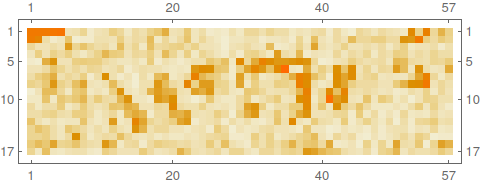
The feat paves the way for artificial intelligence (AI) techniques to decipher the remaining scrolls.
A new challenge was launched in 2024, with the goal of reading 90% of a sealed scroll.
That's great... So Will the Scrolls Tell Us?
It remains to be seen what unknown works might lie among the unread Herculaneum scrolls.
And it might surprise you to know that the vast, vast majority of the ancient world’s literary masterpieces are lost to time.

There is a real possibility of recovering long-vanished classics of ancient Greek and Roman literature.
According to Richard Carrier, it might include works of the first known female historian: Pamphila of Epidaurus.
She authored thirty-three volumes of Historical Notes on events leading up to her era, around 60 A.D., a time marked by the emergence of Christianity. Her bibliography also includes works on notable women, sexuality, and a variety of epitomes and miscellaneous writings.
Additionally, there was Posidonius, arguably the preeminent scientist of the 1st century B.C., who enjoyed immense fame. Despite his significant contributions, none of his writings have survived to the present.
Posidonius was also known for constructing a device that mimicked the movements of the seven known planets of his time. Cicero's account of this invention confirms it functioned as a sophisticated orrery—a luniplanetary armillary sphere that depicted the solar system in three dimensions with rings. These could be rotated to simulate the actual motions and positions of the planets over time, likely advancing upon a similar creation by Archimedes more than a century earlier.
Fascinating.
Entertaining the idea further, imagine uncovering new plays by Sophocles, poems by Sappho, Pliny the Elder’s History of Rome, the Annals of Ennius, lost volumes of Livy, among others.
Essentially, the texts we possess today (spanning literature and beyond) are iterations of copies upon copies. It would be incredibly eye-opening to compare even a handful of the versions available to us with their original manuscripts.
The number of scrolls recovered so far totals around 1,800. That's not to say 1,800 books, as a single scroll roughly corresponds to a book chapter.
Out of this tally, about 500 are merely charred pieces (potentially part of a few scrolls, but not sufficient to constitute a full chapter, much less an entire book), approximately 970 are complete scrolls albeit severely damaged to the extent that restoring their whole content is unlikely, and only around 340 scrolls are in a condition that gives us hope for a full digital restoration.
But guess what?
Archeologists believe there is a main library containing tens of thousands of scrolls, still waiting to be excavated. The villa's main library remains undiscovered, suggesting that thousands more scrolls could lie beneath the surface, awaiting excavation.
One things for sure, we've got a lot to look forward to in the years ahead.
